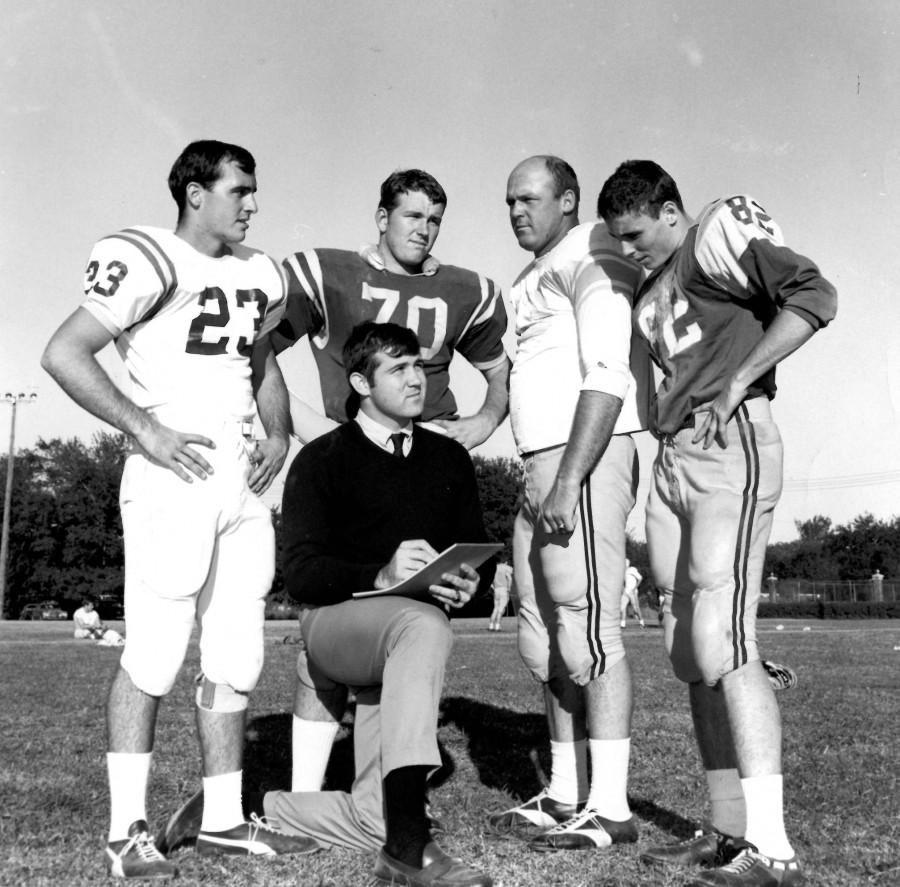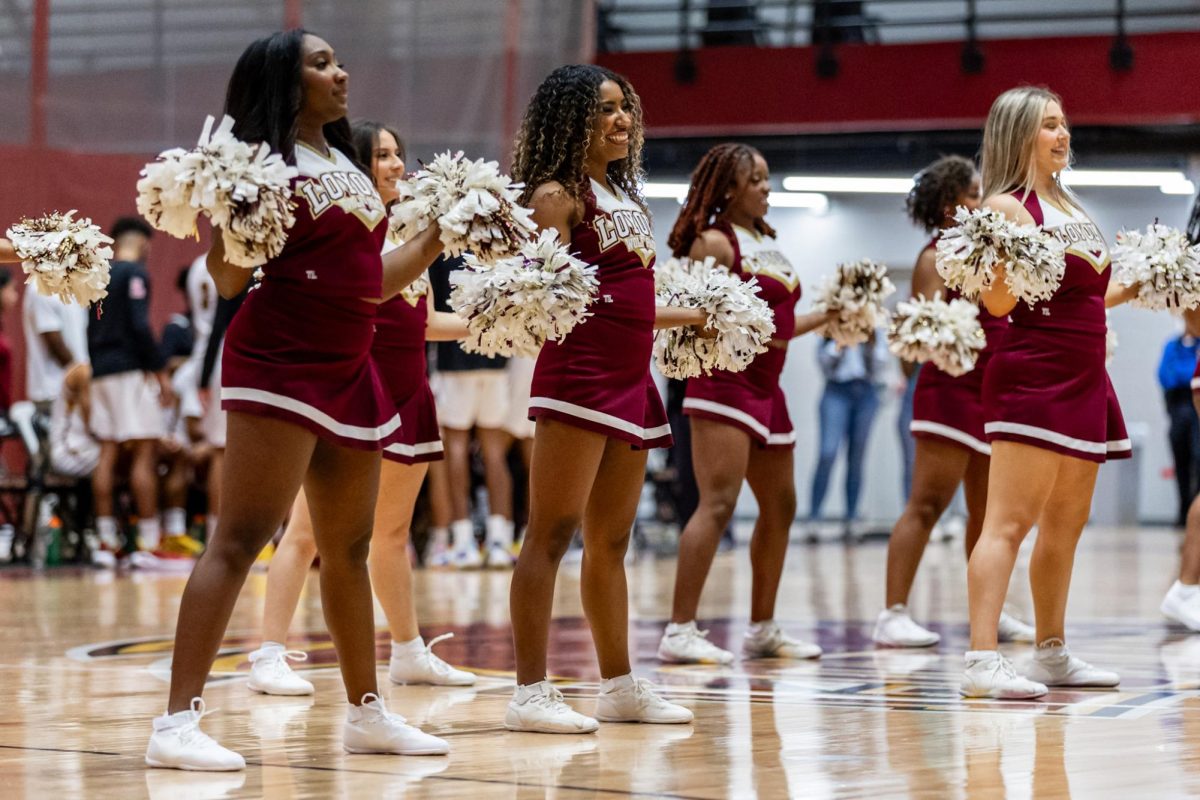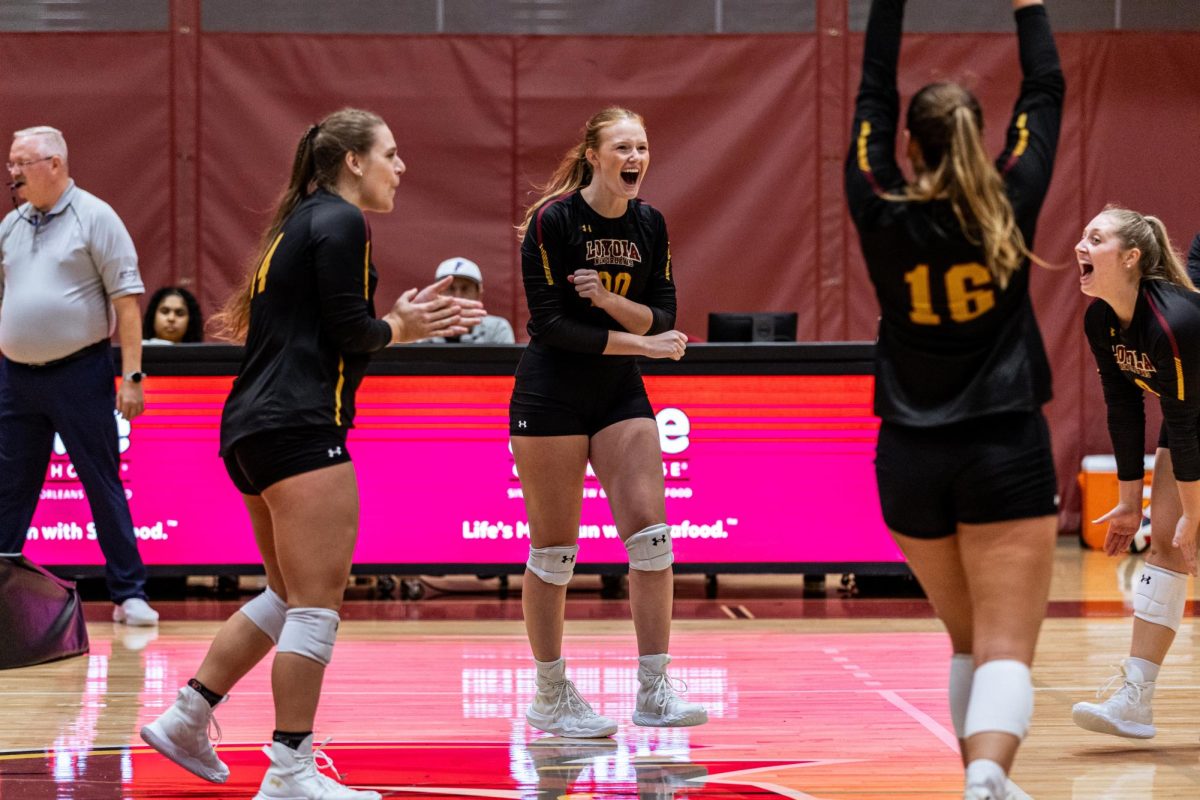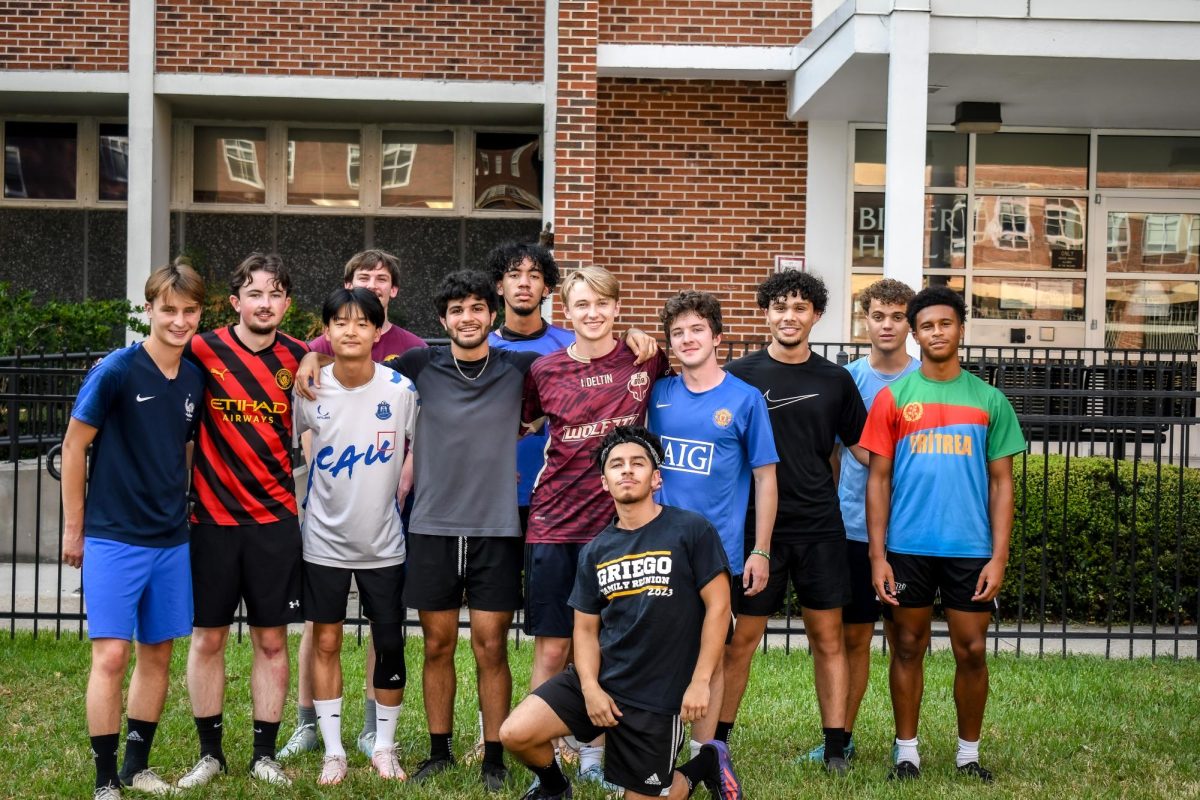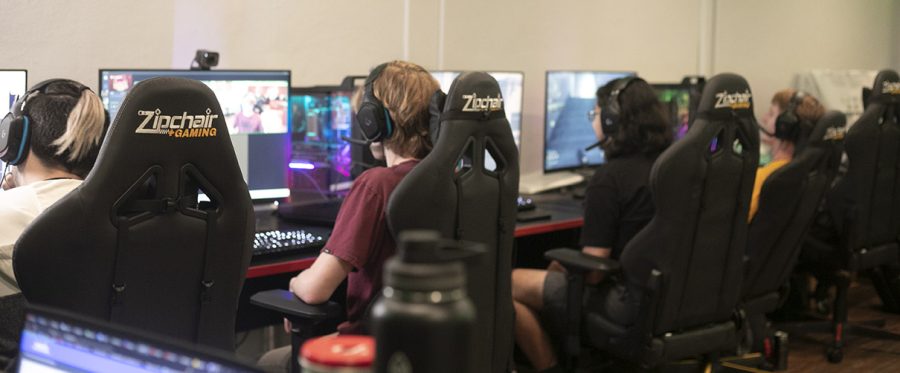Late Saturday afternoon, Dec. 16, 1939, came the report of the president that Loyola University of the South would abandon intercollegiate football.
To students and friends of Loyola the decision was an unexpected one. Many who were familiar with the situation had anticipated it. None had expected it quite so soon. However startling the decision appeared, it was a result of careful deliberation by Loyola’s board of directors, the Rev. P. A. Roy, S .J., president of the University and chairman of the board, said.
It took three months of tedious checking, of digging into the roots of the University’s football setup to decide. The board consisting of Father Roy, the Rev. Thomas A. Carey, S. J., vice chair-man; the Rev. James J. Wallace, secretary; the Revs. Warren J. Barker, S. J., Fracis A. Cavey, S. J., Michael J. Walsh, S. J., and James F. Whelan, S. J., finally shook their heads and agreed, for the betterment of Loyola, to “X” out intercollegiate football.
The move was not effected, however, before Rev. Thomas J. Shield, S. J., provincial of the Southern province of the Jesuit order, and his board of advisors were consulted.
The question of why Loyola dropped football quickly arose. Father Roy states the answer clearly: “Because members of the board of directors believe that the continuance of intercollegiate football would retard a program of educational expansion.” As a part of the expansion, Father Roy announced that a school of social service would be introduced in September, and a more complete intramural program would be inaugurated.
It is well to know that Loyola did not drop football because it cost too much money. Loyola was losing $20,000 a year and would be willing to continue losing $20,000 a year on football, if the members of the board of directors felt that football was worth the loss. As Father Roy said, the University will lose this amount and more from the new school of social service, but “we feel that it will be worth it.” The new school of social service, by the way, will be the only Catholic school of its kind south of St. Louis and Washington D.C.
Varsity basketball, boxing and track will not be affected in any way. Intramural sports, to include more students, will be increased to intramural football, tennis, golf, swimming and others. The football practice field behind the stadium will be used for tennis courts.
When the news broke, students reacted. Some were glad and though it was the best thing to do, others shed tears. The Maroon believes it was for the best interest of Loyola.
In analyzing the situation everyone will agree that modern intercollegiate football serves two purposes, first, to give good publicity, and secondly, to make money. Football at Loyola has done neither of these two things. Football has brought bad publicity and has lost money for the University.
Today, people judge the educational system of a university or college by its football team. Loyola, as an institution of learning, is one of the finest in the South. Those who are not familiar with the university will gather the impression that Loyola is a “wash out,” because Cywash College and other second rate teams beat the Wolves in a football game.
Loyola football enthusiast, realizing all of this, yet still not convinced, will argue that Loyola should expand more money and get a good football team. Here The Maroon draws the line. Football is a game. The University has already expended $75,000 per annum on football. To soak an even larger amount of money into football is over emphasizing the sport.
In the wake of Loyola’s move the University of Chicago, once a power on the gridiron, also decided to abandon intercollegiate football. President Hutchins resented over-emphasis of football. “The State,” daily paper of Columbia, S. C., sums up the situation of both Loyola and Chicago as follows: “What these schools have abolished is of no great importance in true education.”
Loyola has kept its promise to the football players. For the remainder of the season the players will keep their scholarships, and will receive room and board free. Scholarships will be continued next season, but not free room and board.
Many followers of Loyola on the gridiron will continue to bemoan the University’s decision, and wish that Loyola had not dropped football. However, all who had prodded into the situation will realize that the students as a whole will benefit. The standards of the University as an educational institution will be raised. It is indeed for the best.


